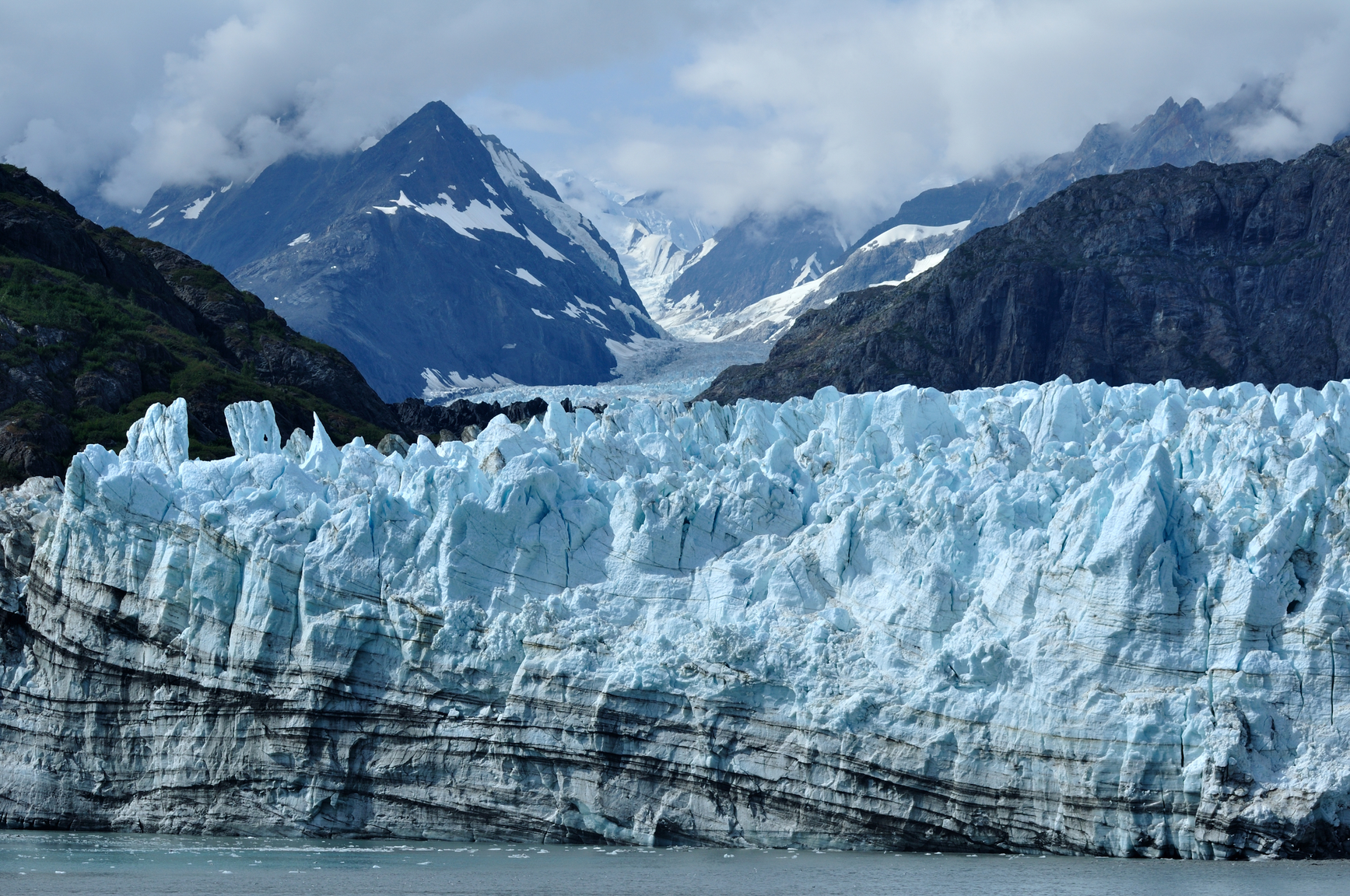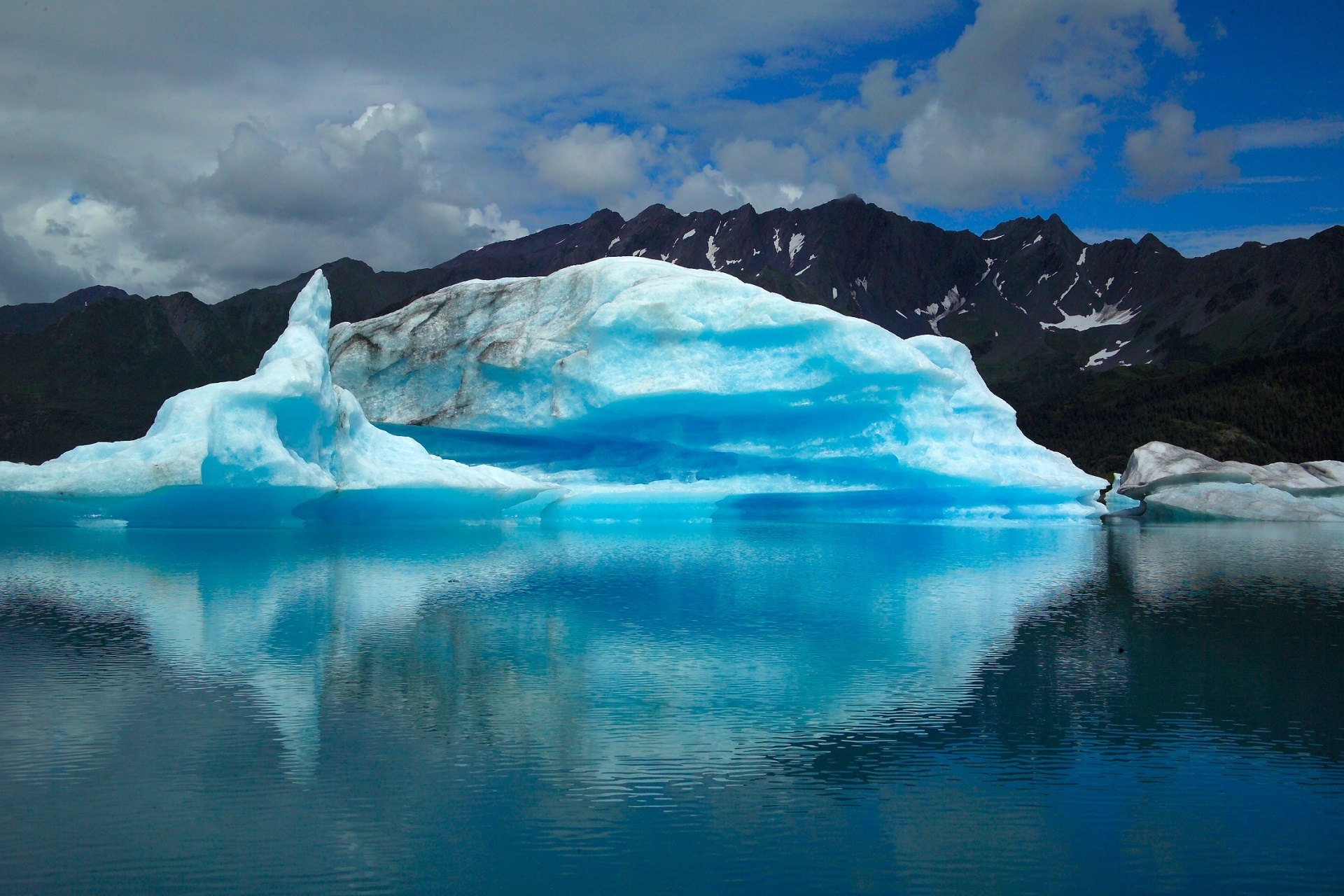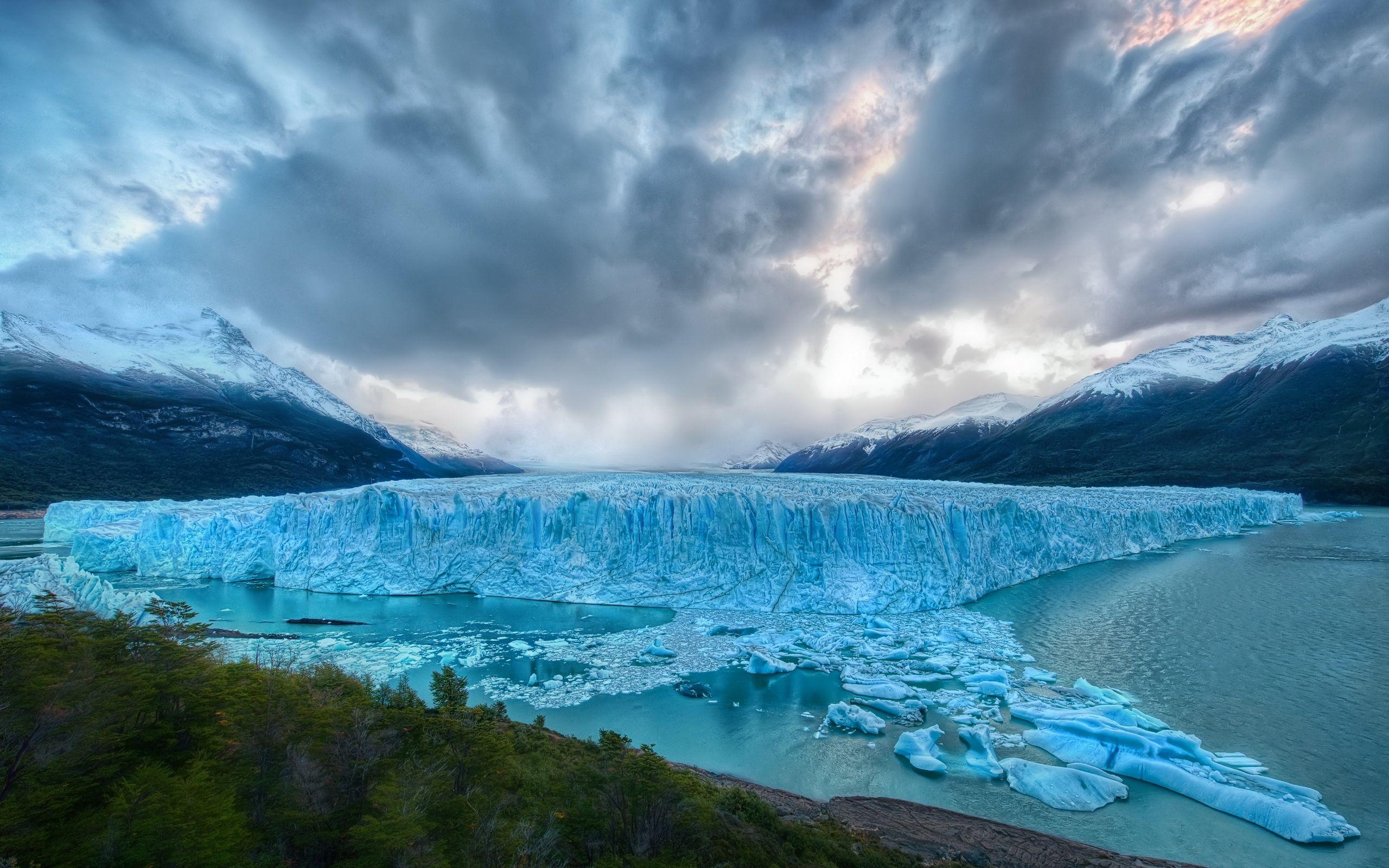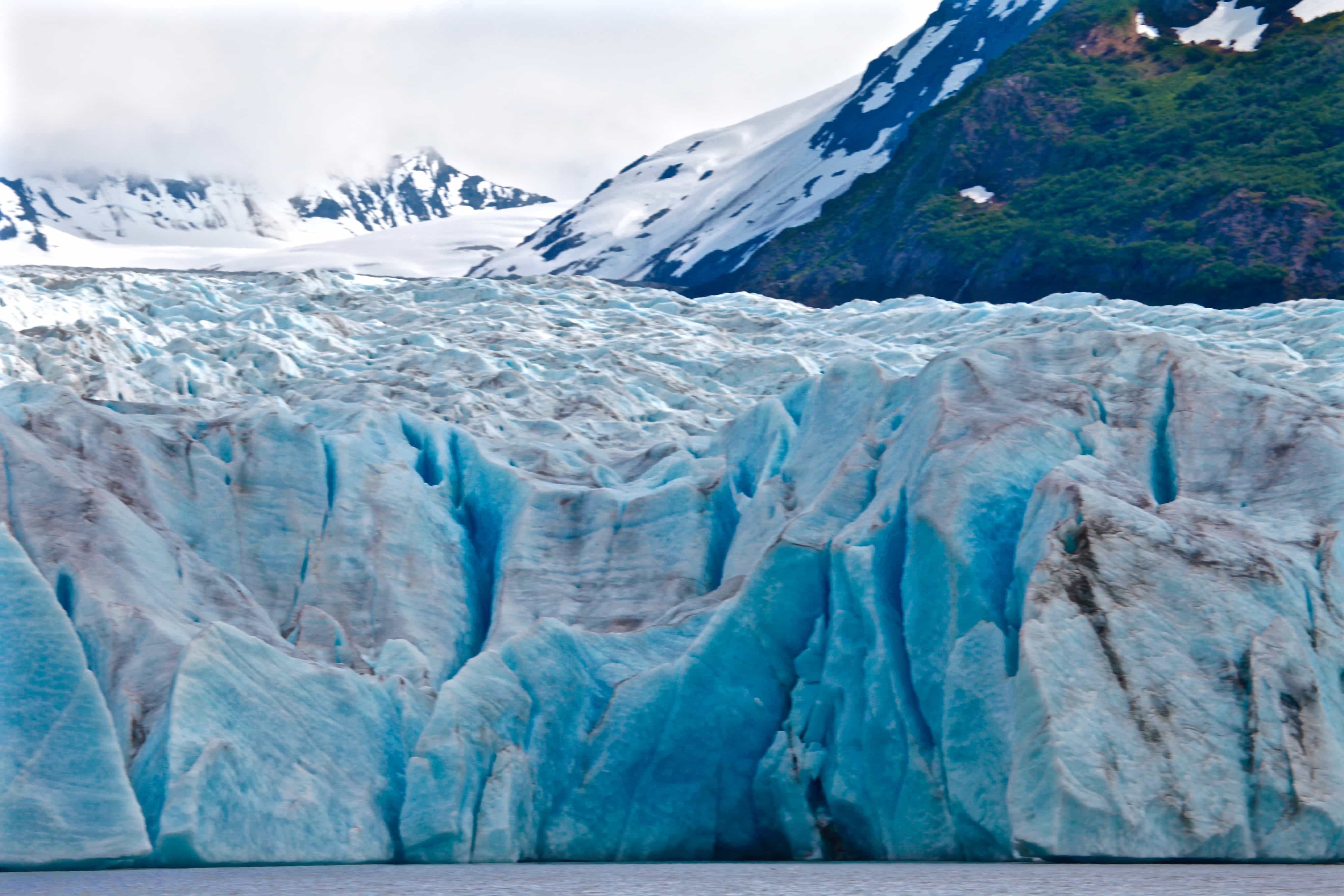Low battery
Battery level is below 20%. Connect charger soon.
Glaciers are huge masses of ice, snow, rock, sediment, and often liquid water that originate on land and move down slope under the influence of their own weight and gravity. The wgi is based primarily on aerial photographs and maps … The two main types are continental glaciers (or ice sheets) and alpine glaciers. Alpine glaciers are frozen rivers of ice, slowly flowing under their own weight down mountainsides and into valleys. At higher elevations, more snow typically falls than melts, adding to its mass. So, glaciers often … Eventually, the surplus of built-up ice begins to flow downhill. What is the lifecycle of a glacier, and what factors influence its lifecycle? At the edge of the. Those nutrients can drive blooms of phytoplankton—the base of aquatic and marine food chains. Water carves into the greenland ice sheet, exposing layers of dust. Meanwhile, gradual glacier melt sustains stream habitats for plants and animals. · a moderately intense melt season for the greenland ice sheet has continued in july, with an extended period of high temperatures and coastal melting in mid-july where nearly half of the ice sheet experienced melt. Ice sheets exist only on greenland and antarctica, and they spread out in broad domes in multiple directions. Alpine glaciers are frozen rivers of ice, slowly. Some communities depend on … At lower elevations, there is usually a higher rate of melt or icebergs break off that removes ice mass. The orange line in extent and concentration images (left and middle) and the gray line in the time series (right) indicate 1981 to 2010 average extent for the day shown. The world glacier inventory (wgi) contains information for over 130,000 glaciers. A glacier is an accumulation of ice and snow that slowly flows over land. The graph also includes lines for selected earlier years, for comparison. Output parameters include projections of glacier mass change, fixed runoff, and various mass balance components at regionally aggregated and glacier scales. This data set comprises results from a hybrid glacier evolution model that uses the mass balance module of the python glacier evolution model (pygem) and the glacier dynamics module of the open global glacier model (oggm). Glacier melt delivers nutrients into lakes, rivers, and oceans. The amount of precipitation, whether in the form of snowfall, freezing rain, avalanches, or wind-drifted snow, is important to glacier survival. Inventory parameters include geographic location, area, length, orientation, elevation, and classification. For instance, in very dry parts of antarctica, low temperatures are ideal for glacier growth, but the small amount of net annual precipitation causes the glaciers to grow. · a glacial lake is a body of water that originates from a glacier. On occasion, there is data delay which is usually resolved within a few days. As earth’s climate warms, the world’s glaciers are shrinking, increasing freshwater outputs to all kinds of glacial lakes. It typically forms at the foot of a glacier, but may form on, in, or under it. What is a glacier?




